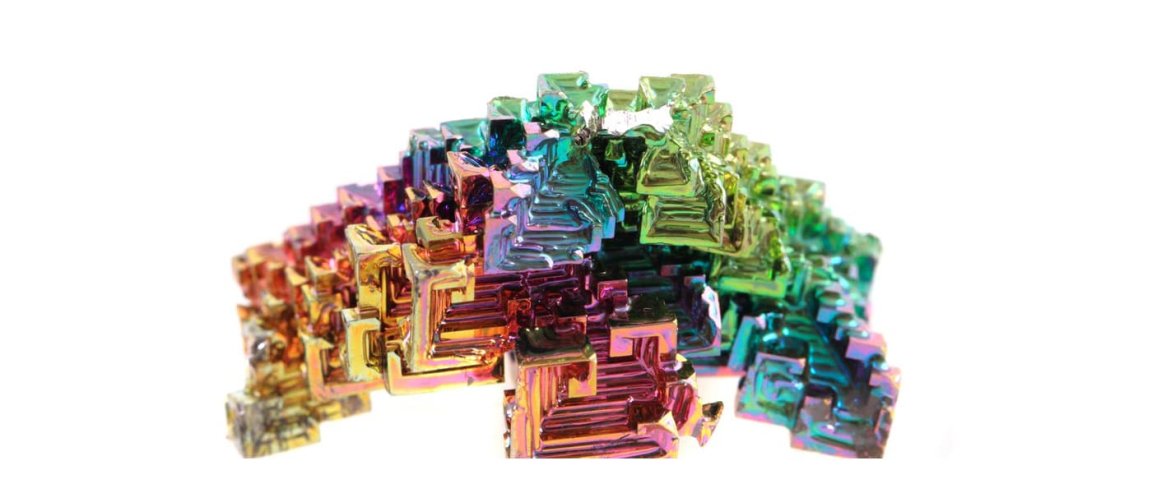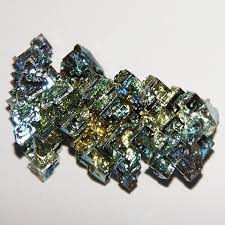
Supercooled Superconductor
Conduction occurs when mobile electrons pass energy to each other. So it was definitely a surprise when scientists discovered superconductive properties in bismuth, which only has one mobile electron for every 100,000 atoms.
Researchers from the Tata Institute of Fundamental Research in Mumbai followed the vein of previous studies that have investigated superconductivity in impure amorphous bismuth at high pressures. Srinivasan Ramakrishnan’s research group used an elaborate setup of coils, loops, and magnetic field sensors to discover that at exceptionally low temperatures—just a degree over absolute zero or -273.15 Kelvin—bismuth behaves like a superconductor. Their findings are detailed in Science.

The discovery challenges the Nobel Prize-winning BCS Theory of Superconductivity, which describes the interaction of electrons in relation to their energy levels. “Clearly it is a landmark discovery in the history of superconductivity…since it warrants a new mechanism for superconductors,” Ramakrishnan said to ChemistryWorld.
“One can expect to produce new superconductors once the new theory is known.”
At Perfect Efficiency
Superconductors are materials that can conduct electricity without resistance. We lose electric efficiency just by transporting the energy through cable wiring and storage in fuel cells, to name a few, just because of the materials’ inherent resistance. Zero loss in superconductors could give rise to new, incredibly efficient applications.
Existing applications of superconductors, like MRI machines or maglev trains, could be made cheaper and more widely available. New computing methods through devices known as superconducting quantum interference devices (SQUIDS) could be possible.
Superconductive bismuth won’t be hitting your personal gadgets any time soon, as it will undergo rigorous study to explain the phenomenon first. On the practical end, scientists have a ridiculously difficult time bringing anything down to absolute zero temperature.
More discoveries surprise us everyday. Hopefully soon, this research will manifest into technology we can use.